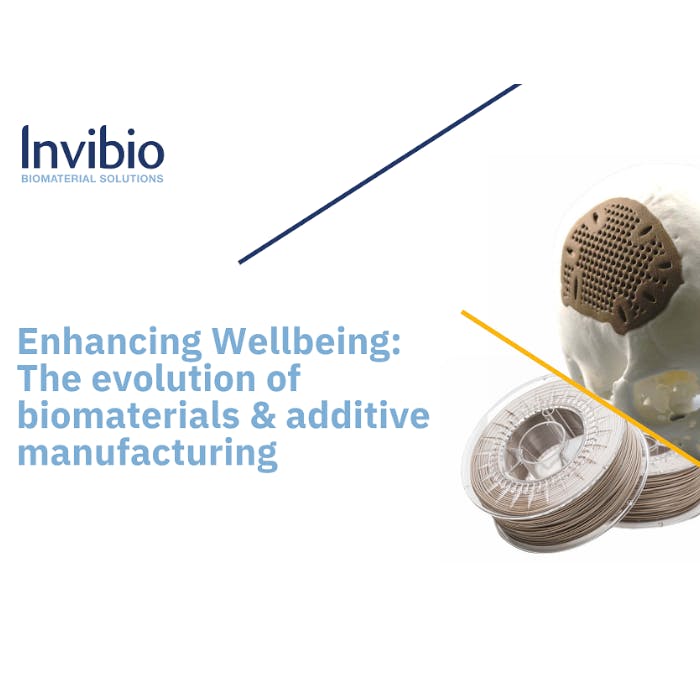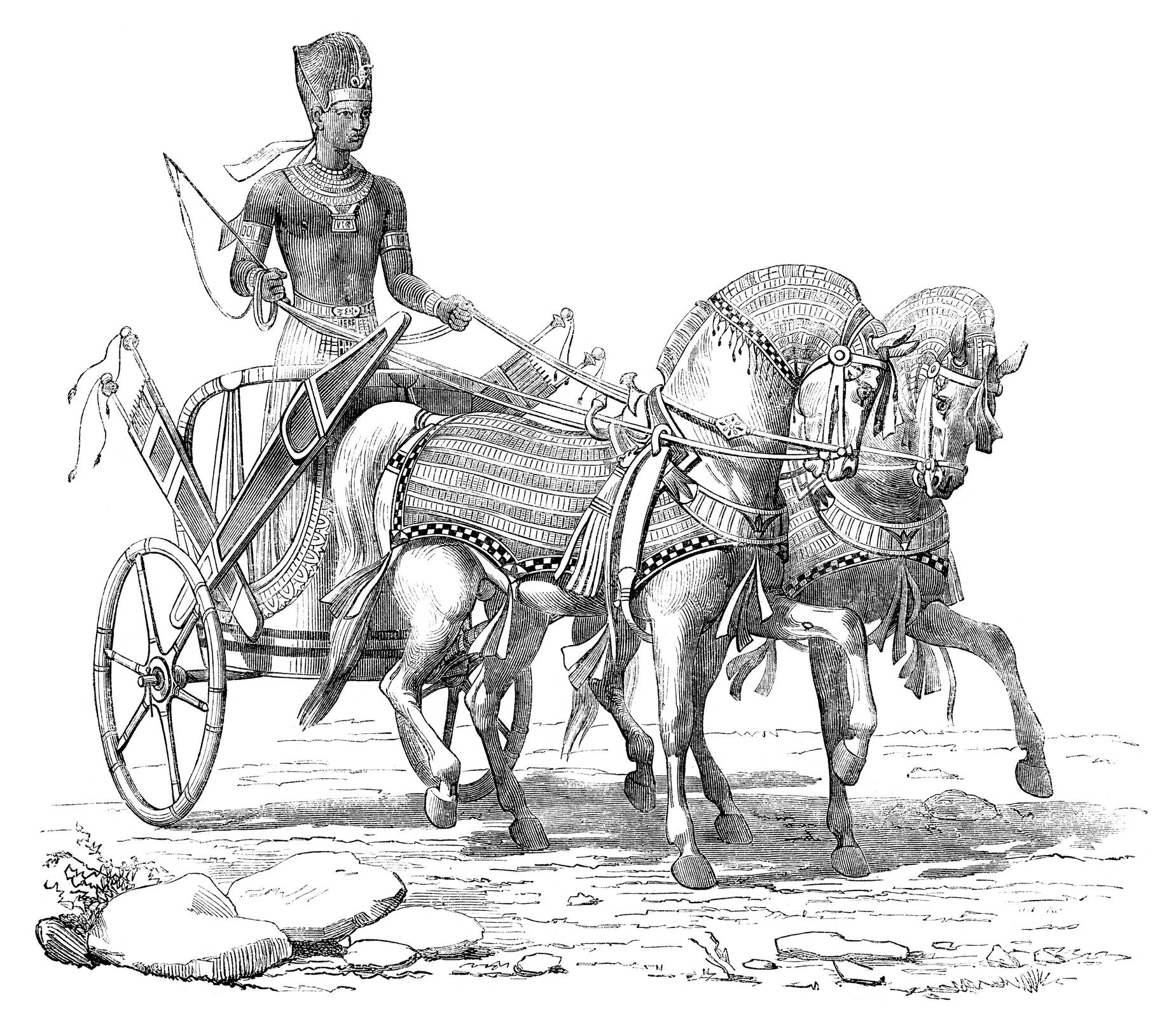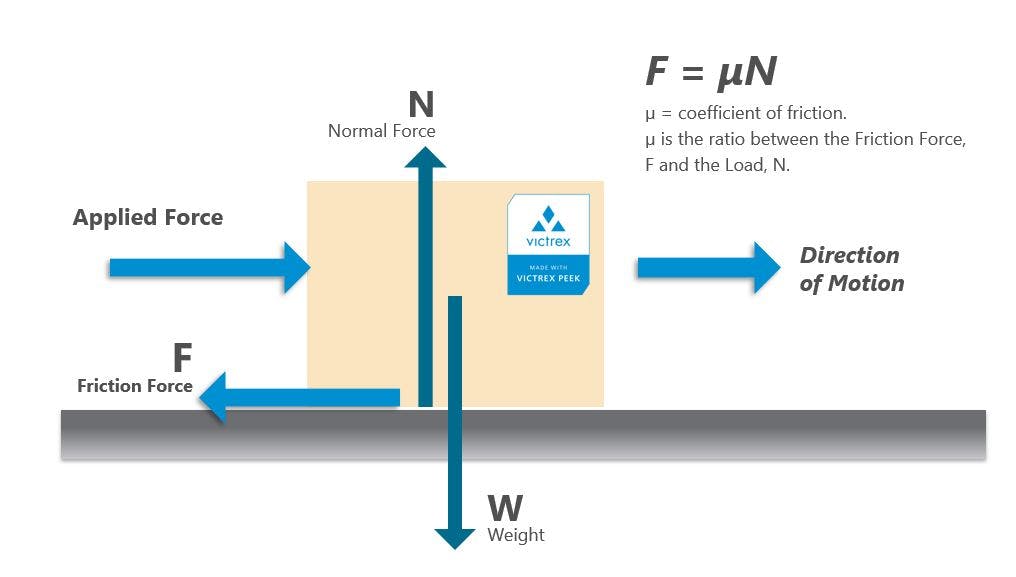It took until 1493 for quantitative studies of friction to be carried out by Leonardo da Vinci, but his findings went unpublished. They were rediscovered in 1699 by Guillaume Amontons who noted that:
- The force of friction is directly proportional to the applied load;
- The force of friction is independent of the apparent area of contact.
These “laws” apply to a wide range of systems even today. Consider a block of VICTREX PEEK moving across a surface at a constant velocity:
We can see that:
- The Applied Force is equal (in magnitude) and opposite (in direction) to the Friction Force (that’s why the velocity is constant);
- Similarly, the Weight of the block is equal and opposite to the Normal Force exerted by the grey surface (if it wasn’t the block would sink into the surface or float away);
- The lower the Weight and hence the Normal Force, N, the lower the Friction Force, F. The lower the friction force, the lower the heat generation.
Notice that the equation says nothing about the temperature, contact surface area, mechanical properties, or roughness of the load or the surface on which it is moving.
Much of our understanding of tribology was developed in the second half of the 20th century (hence the late introduction of the term “tribology”) by Bowden and Tabor and latterly by Neale. We’ll explore the technical aspects of friction, wear and lubrication in future blogs, so watch this space.
Why are PEEKs resistant to friction and wear?
As I mentioned in a previous blog, VICTREX PEEK high-performance polymer materials have a unique combination of attractive properties: a number of these underpin these materials’ high friction and wear resistance.
All Victrex materials have high heat resistance, with glass transition temperatures exceeding 140°C and continuous use temperatures of typically 260°C, so can resist some of the heat generated by friction.

Intrinsic high performance material properties of PEEK
Intrinsic high mechanical strength serves to augment this performance, particularly when VICTREX PEEK polymers are modified with additives to further enhance high temperature performance and to reduce the coefficient friction.
In some products, we add carbon fibre to the polymer for additional strength, especially at high temperatures; and we may add fluoropolymers, graphite and other additives to reduce the coefficient of friction of the material.
To a first approximation then:
Reduced friction = reduced heat generation = reduced wear = reduced energy consumption + longer component lifetime.
Finally, in those applications where lubricants are used, Victrex PEEK-based materials offer excellent chemical resistance, even in environments where elevated temperatures and pressures are experienced. This combination of properties may make VICTREX PEEK materials an ideal choice when friction, heat, wear and energy losses need to be minimised.
About the author
John Grasmeder, Chief scientist at Victrex
Dr John Grasmeder has over 25 years’ experience in the polymer industry, in R&D, commercial and business leadership positions at ICI, BASF, Hoechst and Shell joint ventures in both the UK and Germany. He has been with Victrex 11 years, and was Technical Director from 2010. He became Chief Scientist in 2016.
LinkedIn











